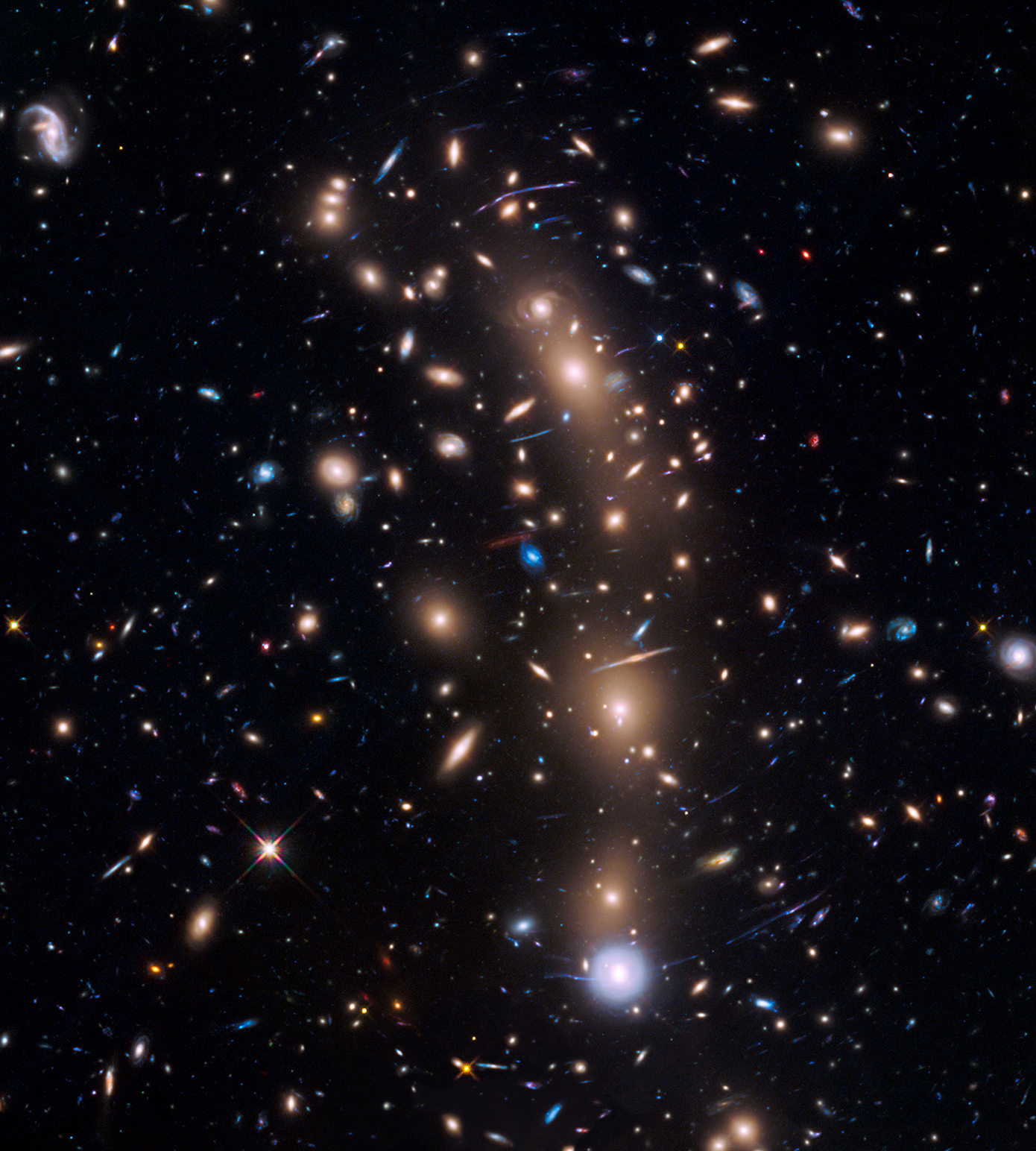Molecular Oxygen Perceived In The Closest Quasar
Molecular oxygen perceived in the closest quasar. Examination utilizing the IRAM 30 meter telescope and the NOEMA interferometer has divulged the existence of molecular oxygen in Markarian 231, the closest known quasar. The discovery could be important for superior comprehension of the possessions of molecular gas in this object.
Powered by supermassive black holes, quasars or quasi cosmic objects are very radiant active galactic nuclei with brilliancy up to thousands of times acuter than that of the Milky Way galaxy. The majority of quasars are known to emit massive amounts of subjects into their host galaxies. Therefore perceiving and monitoring such outpouring could offer vital clues about the evolution of galaxies.
Examination of oxygen and its chemistry in astral clouds is vital to develop our knowledge about molecular gas, as it remains the third most available element in the universe. But such studies are demanding because of the depletion of Earth’s atmosphere, it is unfeasible to notice lines of molecular hydrogen of cosmic objects at proximity to remaining frequencies to the ground. The issue vanishes when scrutinizing the O2 lines in the extragalactic sources as they are red-shifted away from the depletion of the Earth’s atmosphere and thereby can be scrutinized with ground established apparatus.
Situated some 581 million light years away Markarian 231 is closest know QSO and the most radiant ULIRG in the nearest universe. The quasar portrays escalated velocity molecular outflows as well as millimeter release of carbon monoxide and is monitored in the murky gas tracers.
Martin Samuel is the senior news reporter for All Go News. Samuel covers Healthcare. He was attracted to Journalism from the time of college. He has previously worked for The Times. He thinks we should be dedicated to synthesizing and integrating knowledge for the progress of healthcare and the benefit of society.


